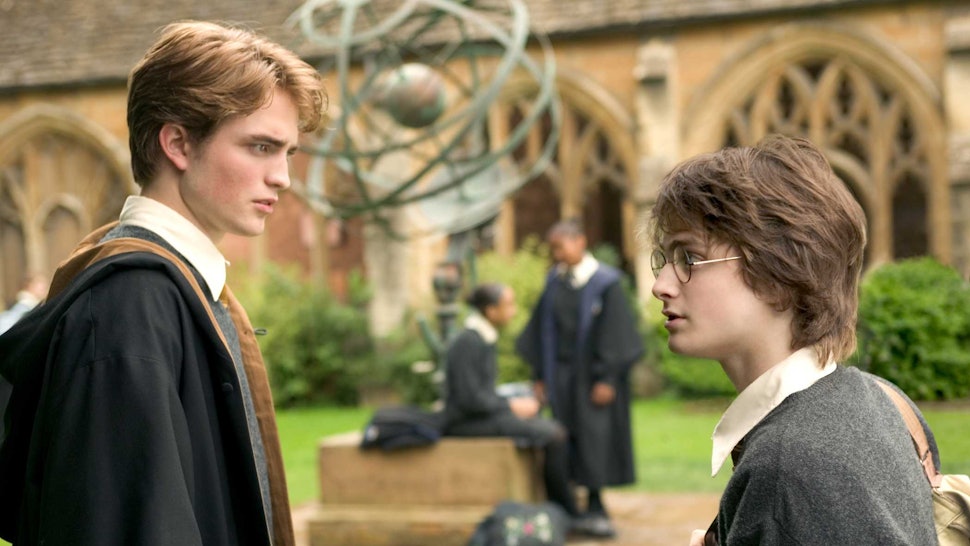'Back in my training in the early 60s, we gave shock treatment, particularly at that time as a treatment for agitated depression. It worked more quickly than the drugs we had then – more quickly than the drugs we have now – but it left me squeamish. The brain is much too delicate, much too mysterious, for us to mess with.' The book's publication contributed to a backlash against the entire psychiatric treatment system in the US in the 1960s.
Monrose i am album chrisette michele. Chained Convict For Life book overview By JG Leathers one person can muster, without committing murder most foul.

Huge, spirit-crushing state institutions – like the Oregon facility later depicted in the film – began reducing their excessive resident numbers and granting patients more rights. It also catalysed the development of more effective anti-psychotic drugs that allowed more patients to be treated at home and live more normal lives. Amid a minor revival in ECT in the early 1990s, The New York Times noted that thanks to the film's memorable images, 'in the public mind 'shock therapy' has retained the tarnished image given it by Ken Kesey's novel: dangerous, inhumane and over-used'. Yet for many mental health professionals the book and film also had a negative effect.
 A 1983 study involving 146 university students found 'considerable negative changes in attitude' towards people with mental health problems among those who had seen the film.
A 1983 study involving 146 university students found 'considerable negative changes in attitude' towards people with mental health problems among those who had seen the film.